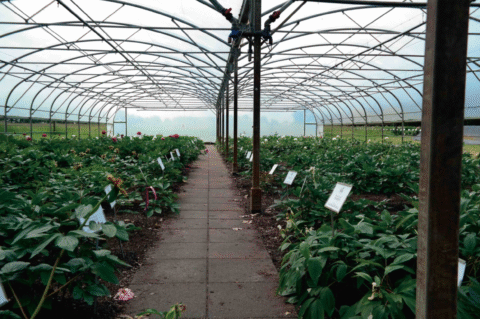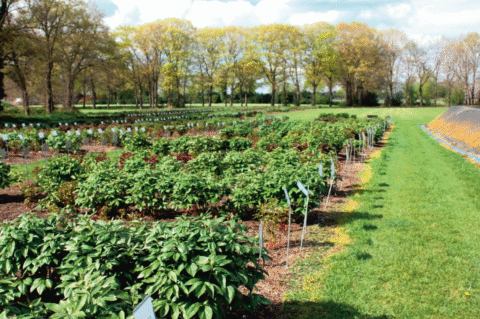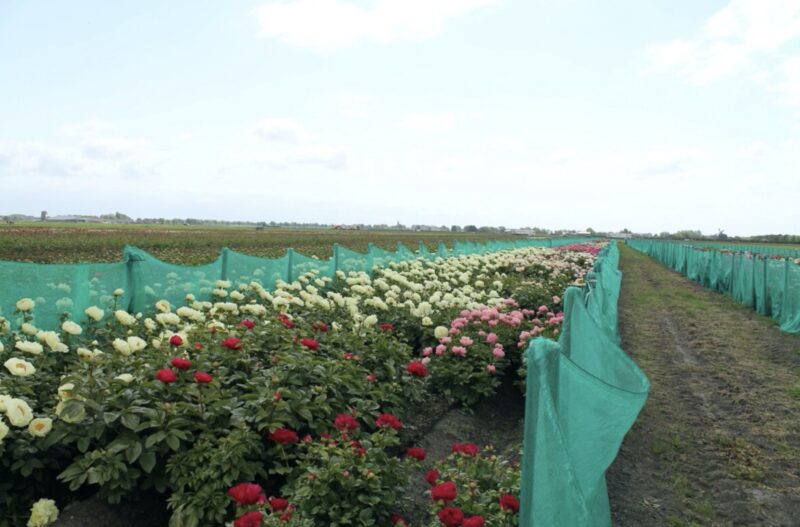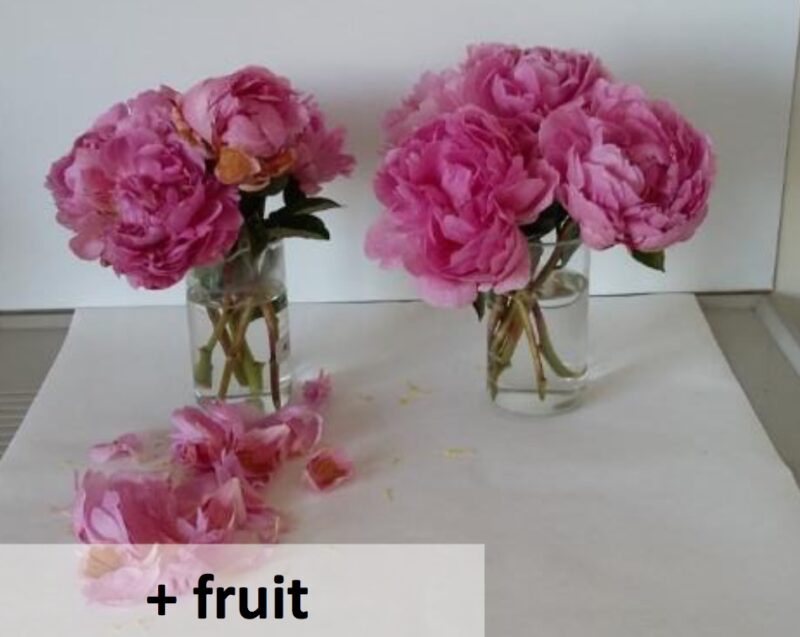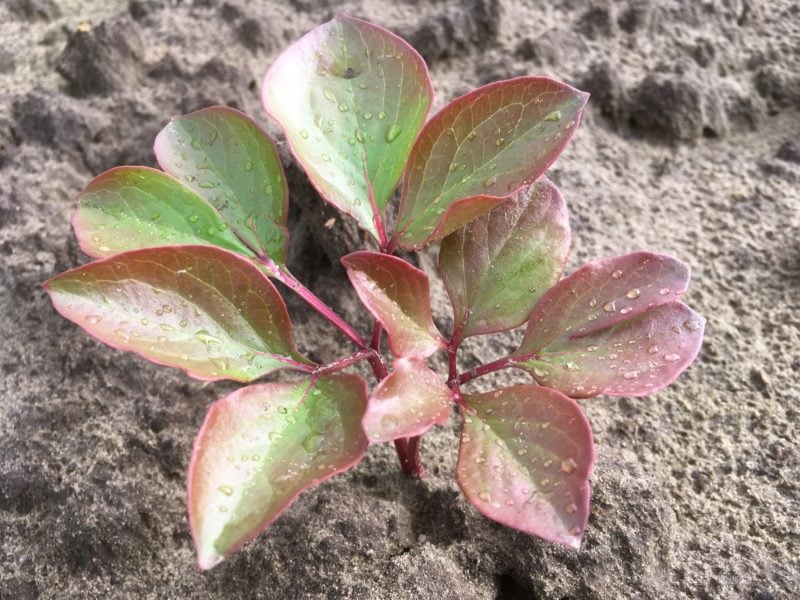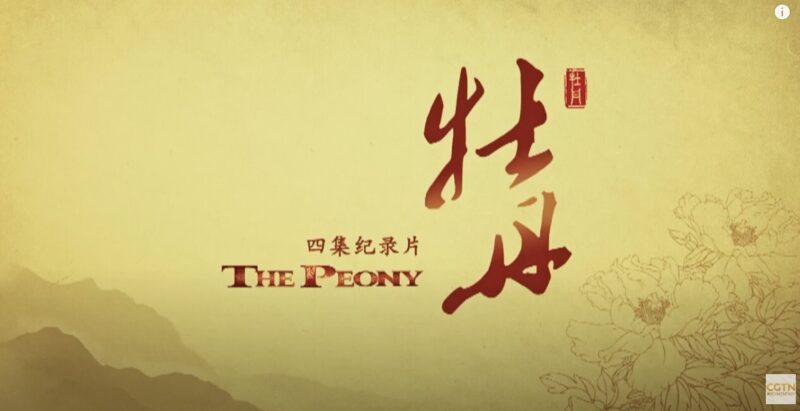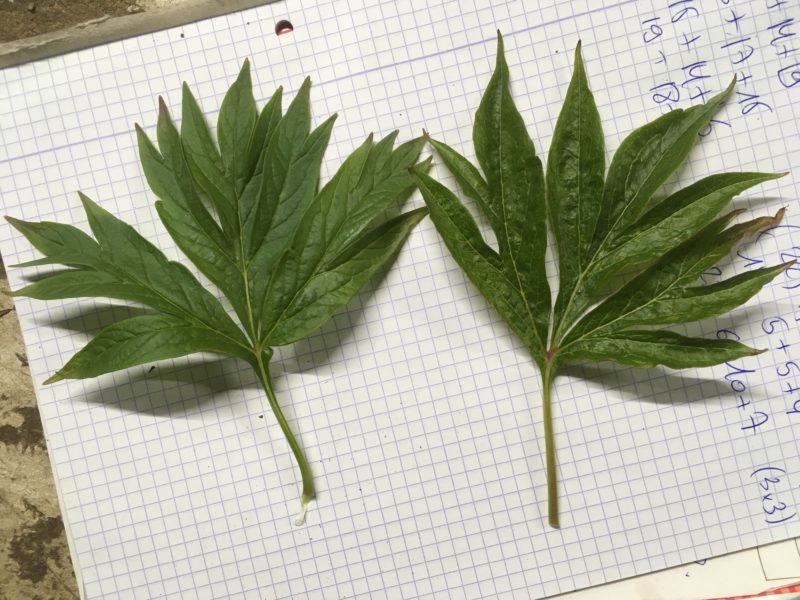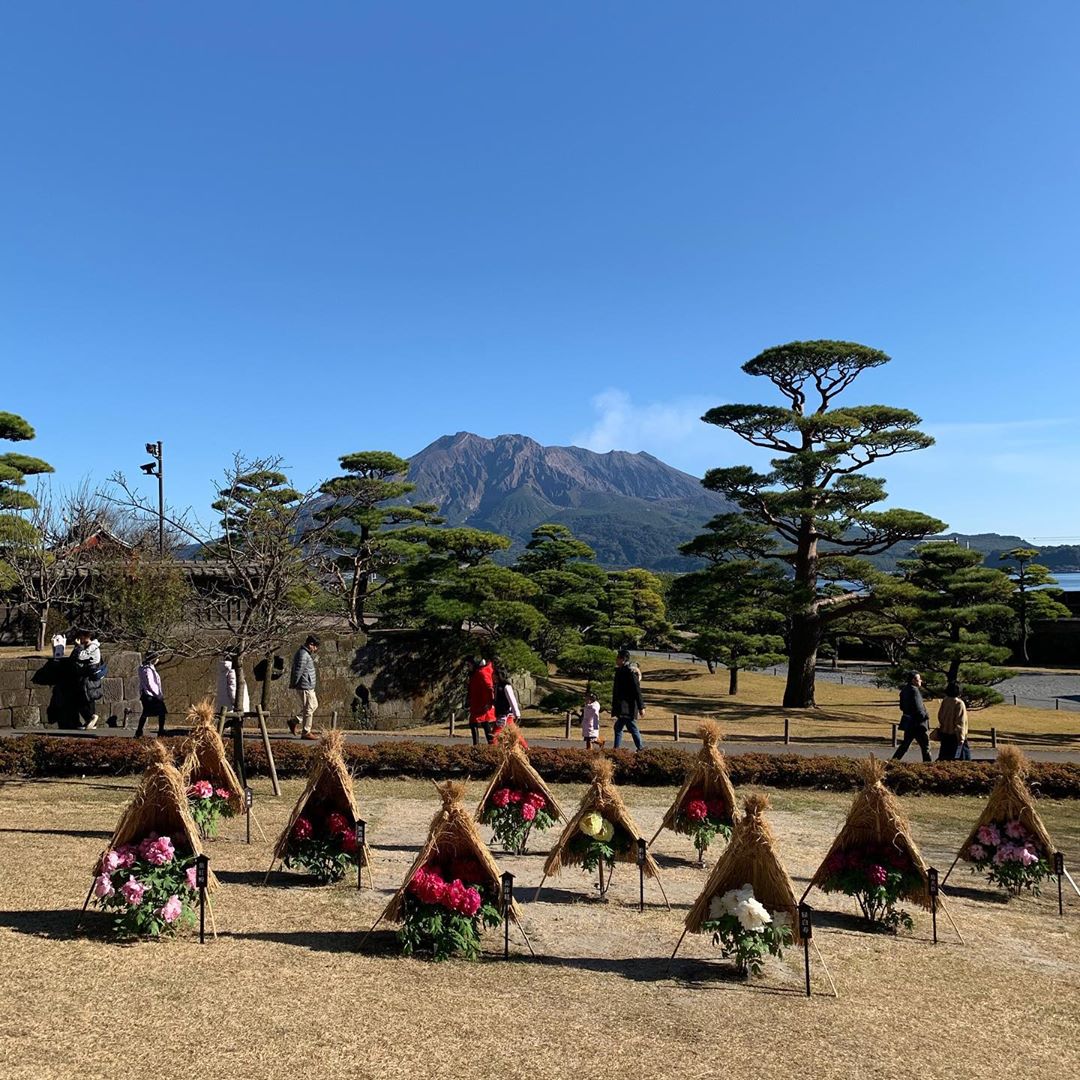Peony Oasis in Overijssel: R2 Flowers
From: Van der Lee, Hans. “R2 Flowers, Lemelerveld. Pioenen zijn een hype en wij zitten er middenin.” In: Greenity, June 6, 2025, number 199.

R2 Flowers in Lemelerveld, Overijssel, can be described as a show garden for peonies. Richard Jong and Rob Tamis run their office literally and figuratively in the midst of the peonies. “Peonies are a huge hype, and we are right in the market,” Jong outlines.
The North Holland peony growers have missed their ‘walk’ to the show garden in Nibbixwoud for five years now. Jong left because the 8,000 square meters was too small, and the interests in showcasing a wide variety were too great. In search of his own land and a radiation-free environment—with space for his wife’s horses—Jong ended up in Lemelerveld in Overijssel. “Distance doesn’t matter,” the peony broker notes. “Customers know how to find us; for foreign clients, a trip from Schiphol to Lemelerveld is not a big deal,” he relativizes.
For seller Rob Tamis, it took some getting used to, but the Julianadorper can be found in Lemelerveld two days a week. The company was previously a boxwood nursery, complete with a greenhouse and plastic arch greenhouse. This fit perfectly with Jong’s plans for his show garden. The greenhouse is used for growing root divisions, while the arch greenhouse houses peonies that need a bit of shelter and extra warmth. On the ground around the company and the plot across the street lies the rest: the capital of R2 Flowers.
Breeding, show garden, and trade at one location close to the Dutch peony plant cultivation in the east of the country is the result. Not that the men are done yet, as Jong and Tamis have plenty of plans. For example, they need a different solution for the cooling trailer that is currently in the dock. The trailer contains vases with peonies in air conditioning. The artificial light and climate make the stay in the trailer less than optimal, but it is what it is for now. Tamis states, “We can’t do everything at once, but a nice show space is definitely a wish.”
 Customer of the Customer
Customer of the Customer
The visitors come, the peony traders notice. Jong: “Here comes the customer of the customer, and that is important. For example, many Chinese come to buy peonies in the Netherlands from exporters.” The broker previously worked in mediation, also in peonies. He then started his own business in the same cultivation, with the mission of building a high-quality peony stall that is marketed worldwide through exporters. Tamis is a tulip and daffodil grower by trade, who once made a foray into peony cultivation at his nursery in Julianadorp. He claims to have “accidentally ended up in the flower trade.” He decided over ten years ago to put an end to his own nursery. He became chairman of the North Holland growers’ collective NLG, which aims to reduce chemical use through soil care, among other things. After that, he ran a hotel in Austria for three years, before returning to the Netherlands. “In 2020, I ended up at R2 after talking to Richard at the Trade Exhibition at Vertify in Zwaagdijk-Oost. I have since specialized in peonies.”
 Directors Under the Radar
Directors Under the Radar
The men of R2 see themselves as a kind of peony directors, who have control over supply and demand. Jong: “Dutch growers have the most interesting varieties when it comes to peonies, and that is the advantage here. We try to let breeders create what the market demands with our information. We distribute that supply to growers and ensure marketing through exporters. The export has traditionally focused on flower bulbs, but we bring the knowledge.” Besides R2 Flowers, Jong and Tamis mention two other parties, meaning that three companies essentially determine the market: My Peony Society and GreenWorks.
They believe that control goes hand in hand with working under the radar. “We don’t share everything, and we are not active on social media like My Peony Society. We want to ensure that a variety doesn’t suddenly appear everywhere, which would depress the market price. We place specific varieties with growers that fit. If there is room for expansion in a variety, we look for another grower ourselves.”
Jong compares R2’s overview to shoeboxes without lids, which he and Tamis look down on. “Getting and maintaining that overview takes a lot of time,” Jong admits, noting that his workdays run from 5:30 AM to 9:30 PM. “I gladly put energy into it,” he explains.
Their own breeding is a solid pillar of the business. Although they want to maintain control, they do not invest time in applying for breeder rights for their varieties. “It makes no sense and takes too much time. There is also no system like in flower bulbs with the Flower Bulb Inspection Service, which monitors and keeps track of the areas. It is also not in our nature to control. There is considerable disorder in peony cultivation, where the same varieties sometimes have different names among growers. We know where the real varieties are, so we don’t suffer from that disorder.”
Tamis still sees the company’s trade growing. Stabilization is not yet on the agenda, especially as long as breeders come up with good and new material. “The trade is crying out for good plants in large quantities. We arrange the supply of those plants years in advance. After all, it takes three years for a field to come into production.” Foreign growers also contact R2 when they plan to expand. On average, this concerns about 20 hectares (50 acres), but in recent years, the men have seen the size increase. For example, a Spanish grower wants to set up a project of 60 hectares (150 acres) in a short time. Jong: “Such projects can cause some unrest in the market.”
Greed
The peony market is eager, both for flowers and plants. According to the brokers, this eagerness is related to lily cultivation. “That cultivation has many additional costs, but a peony is bought once as a grower. In China, cultivations are being exchanged for peonies, and the product is almost available year-round because it is grown all over the world, from Chile to New Zealand, from South Africa to Israel, and of course in Europe. Moreover, the Dutch can keep the product for a long time.”
They believe the growth is far from over. “There is always room for a quality product,” is their motto. “Then the buyer keeps buying.” The only danger, according to Tamis and Jong, might be greed among growers. Jong: “That could become a problem, and that’s why we want to direct the game. We want to prevent a situation where there is too little first and then too much.” The greed they speak of is caused by sometimes good prices. “A Sarah Bernardt sometimes goes for one euro and sometimes for fifteen cents. But they remember that one euro.”
Don’t run
The peony market attracts cowboys who are not used to fluctuating prices. When looking for growers for their varieties, Tamis and Jong prefer to partner with tulip growers who understand the dynamics. “Those who pre-sell a tulip at a good price and know guaranteed sales.” This is how R2 sees the professionalization of peony cultivation. “The old guard is being overtaken by younger growers who understand this.”
Tamis and Jong continue calmly, for example, trying to understand how the Chinese buyer thinks. This is not always easy, as there are also peculiar developments on that side of the market. Car exporters suddenly stepping into peonies, clothing manufacturers, and baby influencers diving into peonies, all of whom, according to the brokers, are asking for ‘bizarre quantities and varieties.’ “We often get calls asking if we already have a product list with the offer for 2026. We are not working on that yet. We are not rushing to the highest bidder and are keeping calm.”


